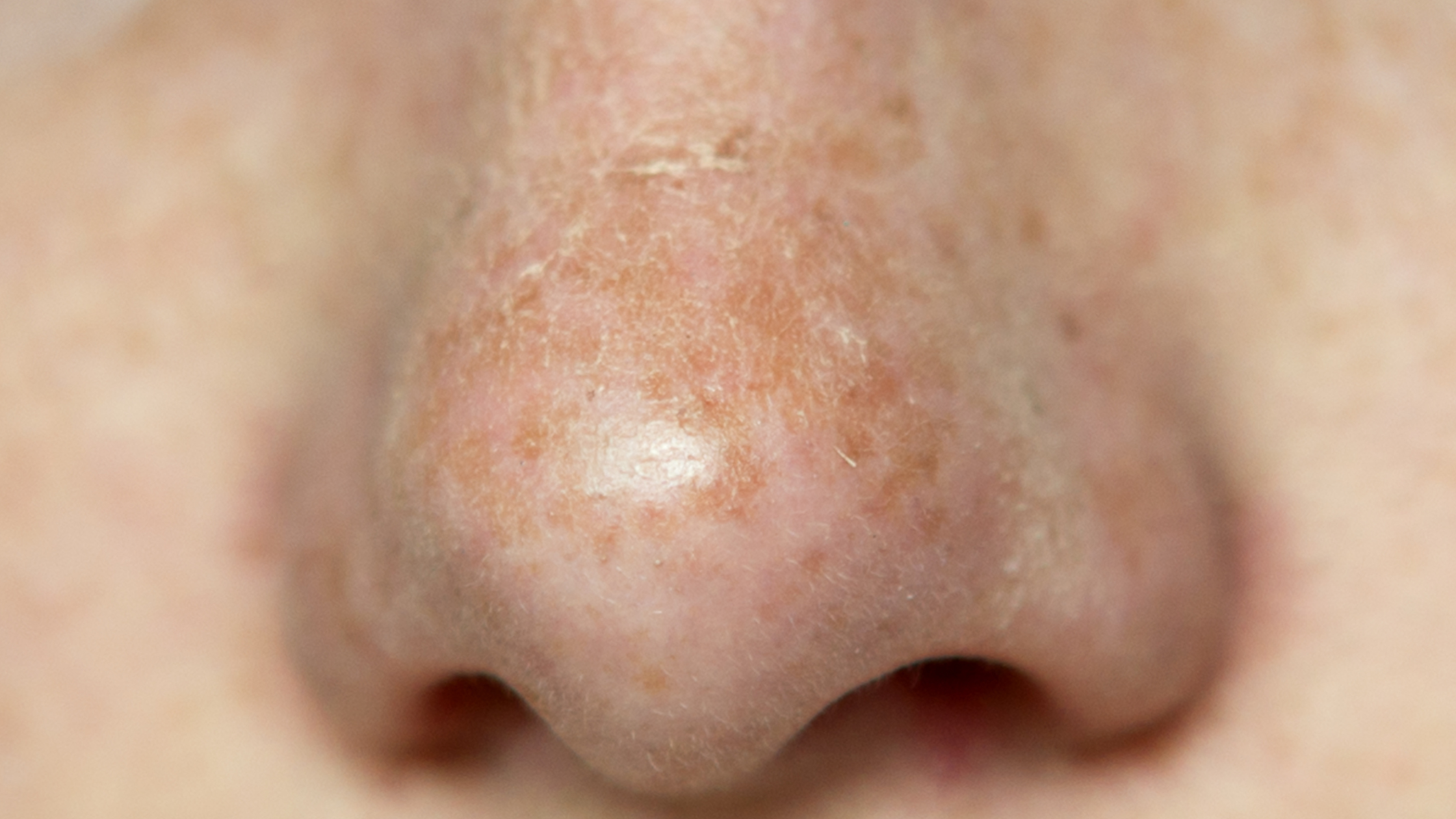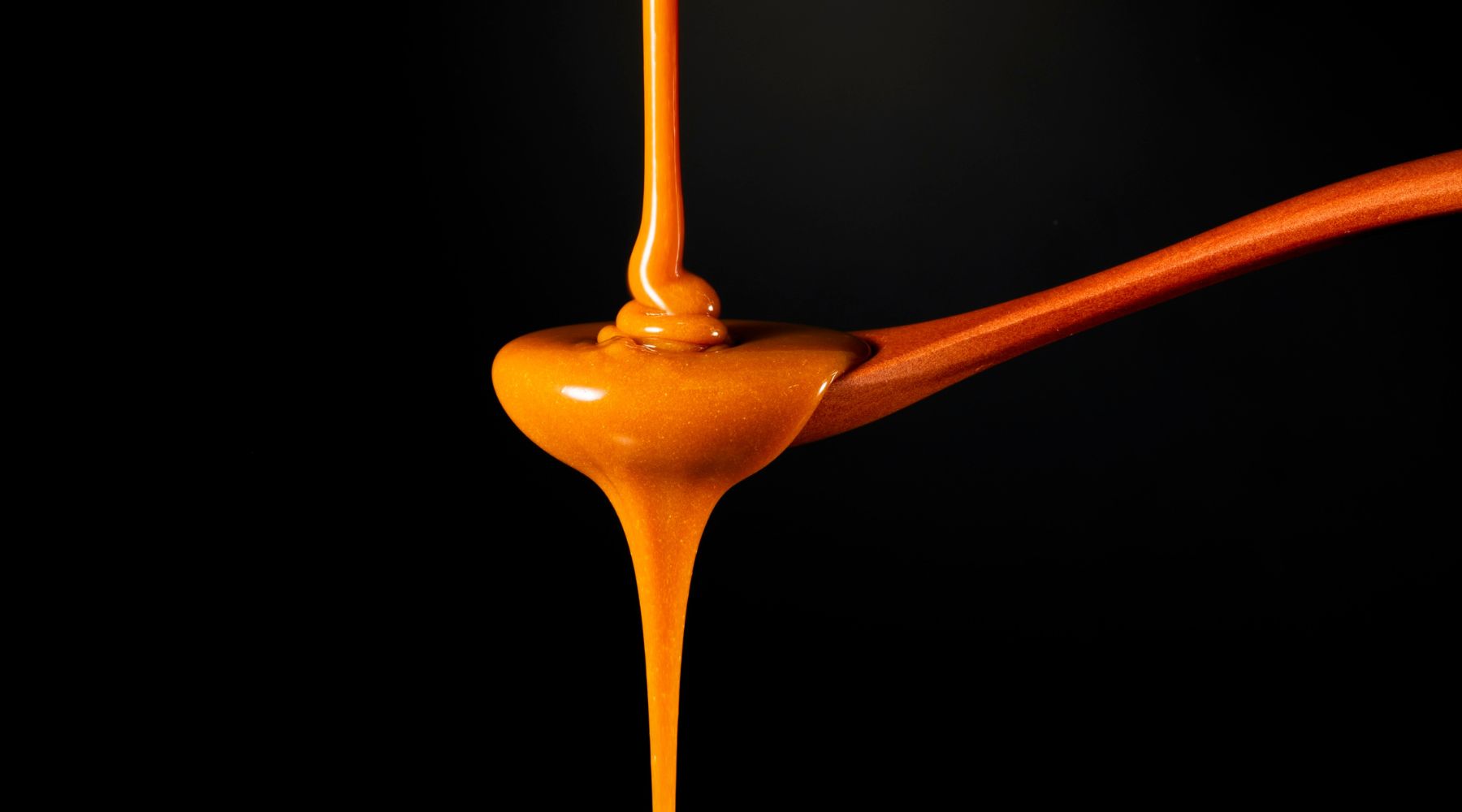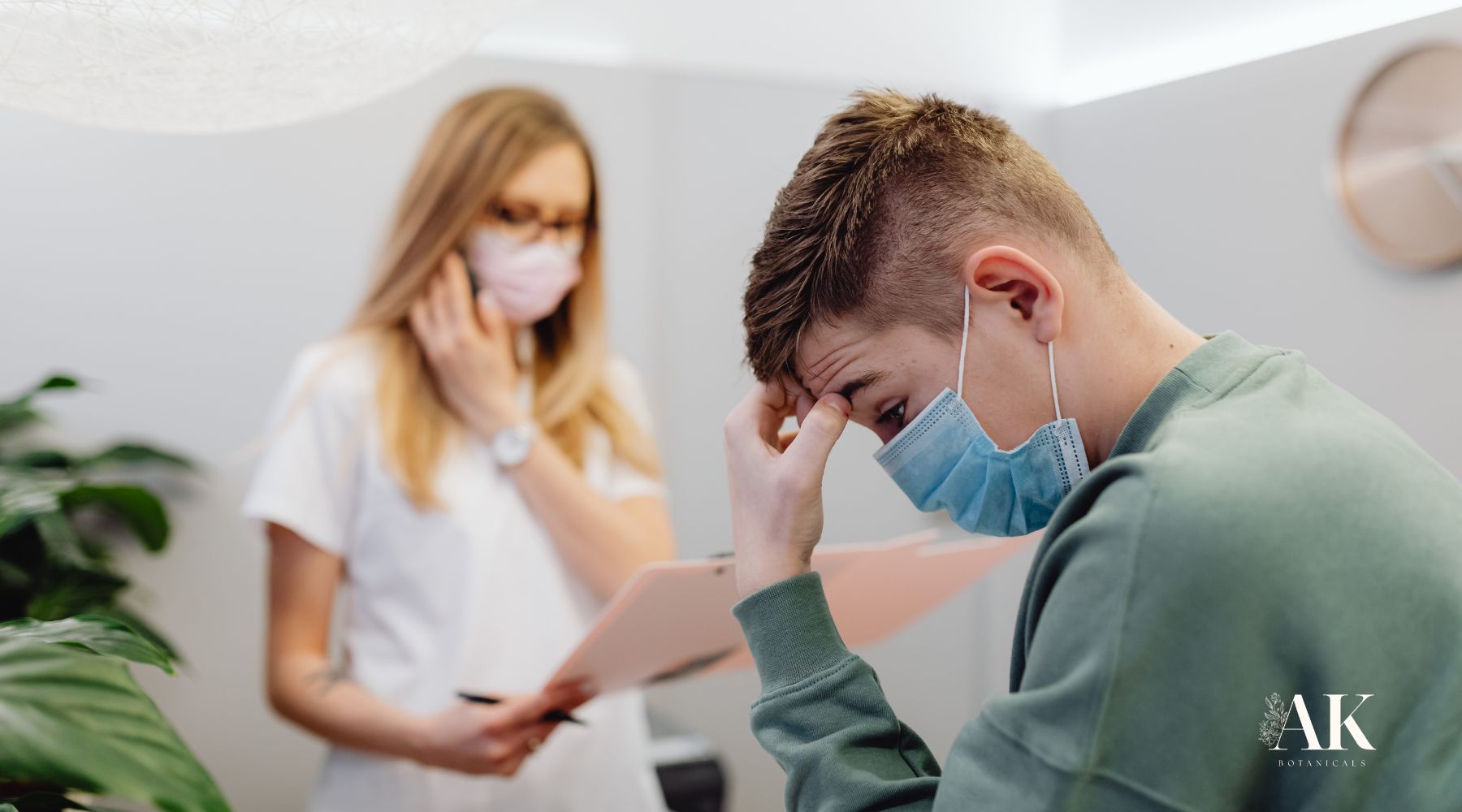
Skin Cancer on Nose: Signs, Risks, and Treatment Options
Your skin is your body’s natural armor, but even the toughest shields need protection. The nose, always exposed to the sun, is particularly vulnerable to skin damage. Understanding the risks, recognizing early signs, and exploring treatment options safe, natural approaches can help you stay ahead of potential dangers and safeguard your skin’s health.
Understanding Basal Cell Carcinoma and Other Sun-Induced Skin Changes on the Nose
Skin damage from prolonged sun exposure can lead to various abnormal skin growths. In the United States alone, about 1 in 5 people will develop skin cancer by age 70. The nose is among the most common sites for skin cancers, especially due to its prominent exposure to ultraviolet (UV) radiation.
Studies show that up to 15%–20% of all non-melanoma skin lesion cases occur on the nose, largely basal cell carcinoma and squamous cell carcinoma (SCC). These types of cancer often require a careful skin check to ensure early diagnosis and treatment.
The most frequent types of sun-induced lesions on the nose include:
Basal Cell Changes: Often appearing as a pearly bump or waxy lesion, basal cell lesions grow slowly and rarely spread but can cause significant tissue damage if not addressed.
Squamous Cell Lesions: These may appear as red, scaly patches or firm bumps that crust or bleed. Squamous cell lesions have a higher chance of spreading if ignored.
Melanoma: Less common but more aggressive, melanoma can develop on the nose and requires urgent medical attention.
Actinic Keratosis (AK): A Precancerous Skin Condition A crucial early warning sign, actinic keratosis is a condition caused by cumulative sun exposure—and one of the most common issues seen on the nose, especially in older adults. While not cancer, about 10% of untreated AKs may progress into squamous cell changes. Spotting and addressing them early is vital.
Could You Have Actinic Keratosis or Early Basal Cell Skin Cancer on Your Nose?
Many people mistake actinic keratosis or early basal cell lesions for dry skin or harmless blemishes. Here’s how to identify them and assess your risk:
Common Symptoms of AK and Basal Cell Skin Cancer on the Nose:
-
Rough, dry, or scaly patches—often mistaken for dry skin
-
Flesh-colored, pink, red, or brown spots
-
A sandpaper-like texture to the touch
-
Sometimes slightly raised or crusted
-
May itch, sting, or feel tender when touched
-
Comes and goes, but never fully heals
AKs and basal cell skin cancer lesions tend to develop in clusters and frequently appear on sun-exposed areas like the nose, cheeks, forehead, ears, and scalp.
Signs and Symptoms of Skin Cancer on Nose: Basal Cell, Squamous Cell, and Melanoma
Your skin tells a story, and any unexpected changes should never be ignored. Watch for:
-
Unusual growths or lesions: Any new bumps, patches, or moles that change in size, shape, or color.
-
Non-healing sores: A sore that persists for weeks without healing could be cancerous or a sign of advanced actinic keratosis or basal cell carcinoma.
-
Rough or scaly patches: Often early AKs or squamous cell carcinoma (SCC)—especially if they return in the same spot.
-
Color variations: Growths with multiple colors or irregular borders need medical attention.
-
Persistent redness or swelling: Localized irritation can signal underlying damage.
-
Bleeding or crusting spots: Lesions that repeatedly scab and reopen need to be checked by a doctor.
How Dangerous Is Skin Cancer on Nose? Understanding Basal Cell and Squamous Cell Risks
While many skin cancers are treatable, leaving them—or even precancerous lesions like actinic keratosis—unchecked can result in:
-
Tissue destruction: Growths can erode the skin and underlying structures, including cartilage and bone.
-
Cancer progression: Some actinic keratoses evolve into squamous cell carcinoma (SCC), which can metastasize if untreated.
-
Emotional impact: Facial skin issues often affect self-esteem and emotional well-being.
Risk Factors for Basal Cell, Squamous Cell, and Other Skin Cancers on Nose
Certain conditions and habits raise the chances of developing both actinic keratosis and skin cancer on the nose:
-
Cumulative Sun Exposure: Even short periods of daily sun exposure add up over the years.
-
Light Skin Tone: Those with fair complexions are less protected from UV damage.
-
History of Sunburns or AKs: A single severe sunburn, especially in childhood, can significantly increase risk.
-
Age: Most AKs and basal carcinoma appear after age 40 but can show up earlier with enough sun exposure.
-
Immune Suppression: Those with weakened immune systems are more vulnerable to skin damage and progression from precancerous cells to cancer.
Treatment Options for Actinic Keratosis, Basal Cell Carcinoma, and Other Skin Cancers on Nose
Early treatment can reverse actinic keratosis and stop basal cell carcinoma and other skin cancers before they worsen. Options include:
-
Cryotherapy: Liquid nitrogen freezes and destroys precancerous cells—quick and commonly used for AK and early basal cell skin cancer.
-
Topical Creams: Medications like imiquimod or 5-fluorouracil stimulate your immune system to attack abnormal cells.
-
Photodynamic Therapy: A special light-activated drug targets and destroys sun-damaged skin cells.
-
Laser Resurfacing or Chemical Peels: These may help when AKs are widespread.
For diagnosed skin cancers, more involved options include:
-
Mohs Surgery
-
Excisional Surgery
-
Radiation or Immunotherapy, depending on the stage
Preventing Basal Cell and Squamous Cell Skin Cancer on the Nose
Prevention starts with protecting your skin—especially your face:
-
Daily Sunscreen Use: Choose a broad-spectrum SPF 30+ sunscreen and apply it even on cloudy days.
-
Sun-Safe Habits: Seek shade during peak hours, wear wide-brimmed hats, and avoid tanning beds.
-
Regular Skin Checks: Early detection is your best defense. Schedule a full-body skin exam yearly and perform monthly self-checks.
-
Be Aware of Actinic Keratosis: If you notice any rough patch that won’t go away, don’t wait for it to get worse. Treating it early could save you from developing skin cancer later.
When to See a Dermatologist About Skin Cancer on Your Nose
If you notice a persistent scaly spot on your nose—or any unusual changes in texture or color—it’s time to call your doctor or dermatologist for a thorough skin check. Even if it’s not cancer, catching actinic keratosis early allows for fast, effective treatment and prevents progression to more dangerous skin cancers like basal cell carcinoma or squamous cell carcinoma (SCC).
Skin cancer on the nose is serious, but so is actinic keratosis, its most common precursor. Both are preventable and treatable—especially when caught early. Listen to your skin, protect it daily, and get any suspicious spots checked. Whether it’s a subtle rough patch or a persistent sore, early action can protect both your health and your peace of mind.
Sources & Further Reading
American Academy of Dermatology Association. Skin cancer statistics
Skin Cancer Foundation. Skin cancer on the nose
Mayo Clinic. Actinic keratosisNational Cancer Institute. Skin cancer prevention




